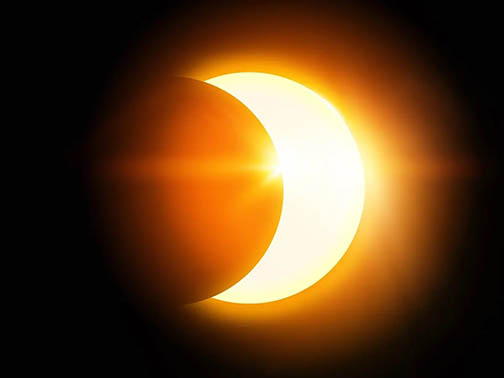From a University of Missouri news release
COLUMBIA, Mo. — On Saturday, millions of people across North, Central and South America will be able to view an annular solar eclipse, or ring-shaped eclipse, as it passes overhead in the sky.

Here is what will happen:
The Earth is orbiting the sun, and our moon is orbiting the earth, and the two orbital planes are close to each other.
As such, there are instances when all three are aligned in space, with the moon between the sun and the Earth.
A solar eclipse happens when the viewer, the moon and the sun are aligned, and the moon is blocking the sun from view, or in other words, the sun is “eclipsed.”
A total solar eclipse occurs when the apparent size of the moon is about the same as the sun when viewed from the Earth’s surface, and if the alignment is perfect the moon can completely block the sun. The next total solar eclipse will occur on April 8, 2024.
The other kind of eclipse is called an annular solar eclipse.
It is known as a “ring of fire” eclipse. As the moon is orbiting the Earth in an elliptical orbit — in other words, not a perfect circle — its apparent size as viewed from the Earth changes slightly over time. If the alignment happens when the moon is further away from the Earth, the moon’s apparent size cannot completely cover the sun and will leave the outskirt of the sun still visible as a “ring of fire” around the moon.
Missouri is not in the path of locations which will see the ring of fire. The show me state will observe a partial eclipse.
In Perryville, the eclipse will begin at 10:32 a.m., reach its peak at 11:58 a.m. and end at 1:29.pm.
Times in the rest of the river region will be about the same.
